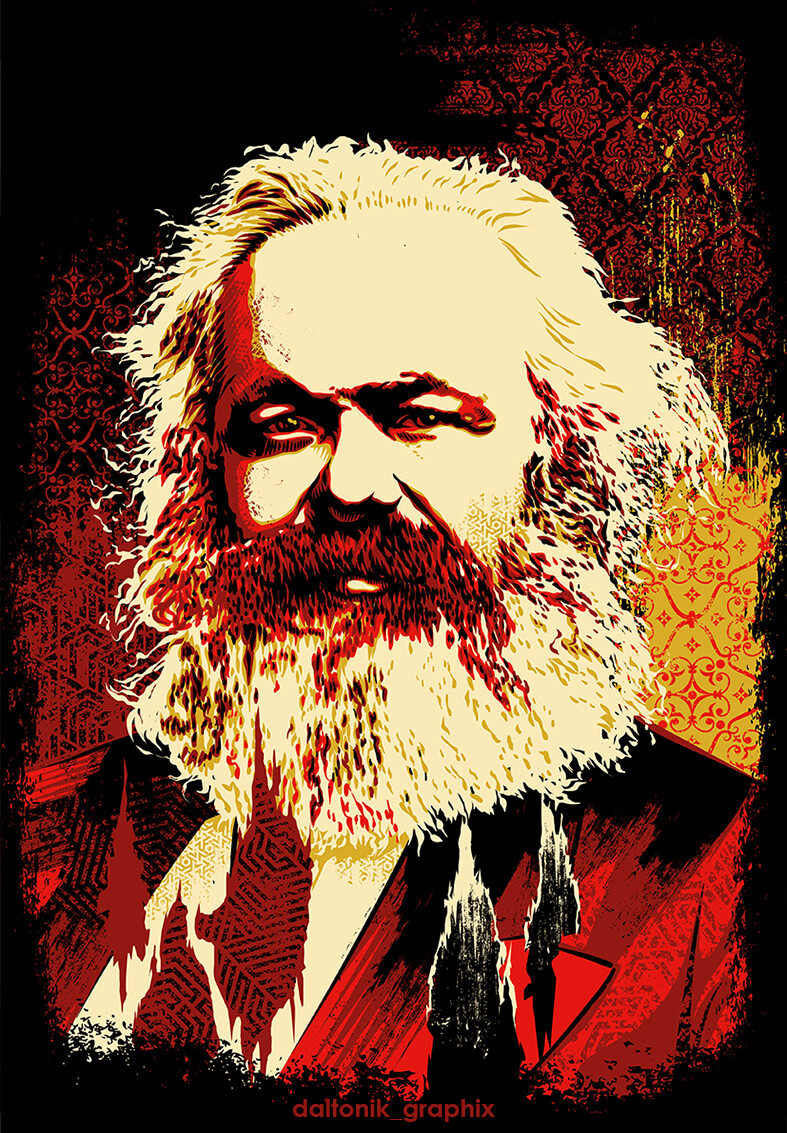Indian revolutionary and a major figure in the Indian independence movement of the early Twentieth Century. Singh was active in revolutionary struggle from an early age and he was briefly affiliated with the Mohandas Ghandi’s “Non-Cooperation” movement, although Singh would break with Ghandi’s philosophy of non-violent resistance later in life.
Singh embraced atheism and Marxism-Leninism and integrated these key components into his philosophy of revolutionary struggle. Under his leadership, the Kirti Kissan Party was renamed the Hindustan Socialist Republican Organization. As Singh and his organization rose to new prominence in the Indian independence movement, they became the focus of public criticism from Ghandi himself, who disagreed with their belief that violence was a necessary and vital component of revolutionary struggle.
Singh’s secularism was perhaps his most important contribution to the socialist and independence struggles. During those turbulent times, British Imperialism used every tactic to create antagonism among the different religions of India, especially between Hindus and Muslims. The Sanghatan and Shuddi Movements among Hindus; and tableegh and many sectarian movements in Muslims bear witness to the effects of this tactic. Bhagat Singh removed his beard which was a violation of Sikh religion, because he did not want to create before the public the image of a ‘Sikh’ freedom fighter. Nor did he want to be held up as a hero by the followers of this religion. He wanted to teach the people that British Imperialism was their common enemy and they must be united against it to win freedom.
On April 8, 1924, Baghat Singh and his compatriot B. K. Dutt hurled two bombs on to the floor of the Central Delhi Hall in New Delhi. The bombs were tossed away from individuals so as not to harm anyone and, in fact, no one was harmed in the ensuing explosions. Following the explosions, Singh and Dutt showered the hall with copies of a leaflet that later was to be known as “The Red Pamphlet.” The pamphlet began with a passage which was to become legendary in the Indian revolutionary struggle:
“It takes a loud voice to make the deaf hear, with these immortal words uttered on a similar occasion by Vaillant, a French anarchist martyr, do we strongly justify this action of ours.”
Singh and Dutt concluded the pamphlet with the phrase “Long Live the Revolution!” This phrase (translated from “Inquilab Zindabad!” became one of the most enduring slogans of the Indian Independence Movement.
Singh and Dutt turned themselves in following the bombing incident. Following the trial, they were sentenced to “transportation for life” and while imprisoned, Singh and Dutt became outspoken critics of the Indian penal system, embarking on hunger strikes and engaging in agitation and propaganda from within the confines of the prison. Shortly after the commencement of his prison sentence, Singh was implicated in the 1928 death of a Deputy Police Superintendent. Singh acknowledged involvement in the death and he was executed by hanging on 23 March 1931.
Bhagat Singh is widely hailed as a martyr as a result of his execution at the hands of oppressors and, as such, he is often referred to as “Shaheed (Martyr) Bhagat Singh.”
Megathreads and spaces to hang out:
- ❤️ Come listen to music and Watch movies with your fellow Hexbears nerd, in Cy.tube
- 💖 Come talk in the New Weekly Queer thread
- 💛 Read and talk about a current topics in the News Megathread
- ⭐️ September Movie Nominations ⭐️
reminders:
- 💚 You nerds can join specific comms to see posts about all sorts of topics
- 💙 Hexbear’s algorithm prioritizes comments over upbears
- 💜 Sorting by new you nerd
- 🌈 If you ever want to make your own megathread, you can reserve a spot here nerd
- 🐶 Join the unofficial Hexbear-adjacent Mastodon instance toots.matapacos.dog
Links To Resources (Aid and Theory):
Aid:
Theory:


It’s more of a baffling lifelong thing for me :(
That’s burnout or severe depression.
Burnout isn’t exclusive to neurodivergent people but it’s definitely much more common and more of a chronic thing for neurodivergent folks. Have you ever sat down and done those ADHD and autism assessment questionnaires that are available online? Feel free not to answer given that this is a very personal thing to be asking - maybe just take that question as food for thought if it’s too personal.
I’m going to do an ADHD assessment with my psychiatrist in a few weeks.
Ah shit, there it is. The burnout -> late diagnosed autism/ADHD pipeline is real.
Unsolicited advice if it turns out that you do have ADHD and you get put onto stimulant meds:
You’re probably going to feel mild euphoria for somewhere between a day and a few days. That’s normal but expect to level out and don’t try chasing the euphoria with higher and higher doses because that’s no good for you.
You’ll probably feel like you’re suddenly capable of doing a lot more but it’s really important to rest up and recuperate because, although the stimulants will likely make you capable of pushing through, doing so will risk making your burnout more severe and/or prolonged, so resist the temptation to overdo it as much as practical.
There’s a comm for neurodivergent folks here (neurodiverse, I think?) so feel free to post over there if you ever need advice or support. Also feel free to ping me or DM me if you ever need. I’m a late-diagnosed autistic ADHDer. I’m no psychiatrist but I’ve been through nearly every first and second line ADHD med and psychopharmacology is something that I have a reasonable grasp of. I’m always happy to let someone pick my brains on these topics.
Good luck with the assessment!
Yeah, I got an autism diagnosis back when autism and adhd was generally not co-diagnosed